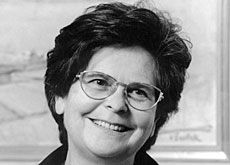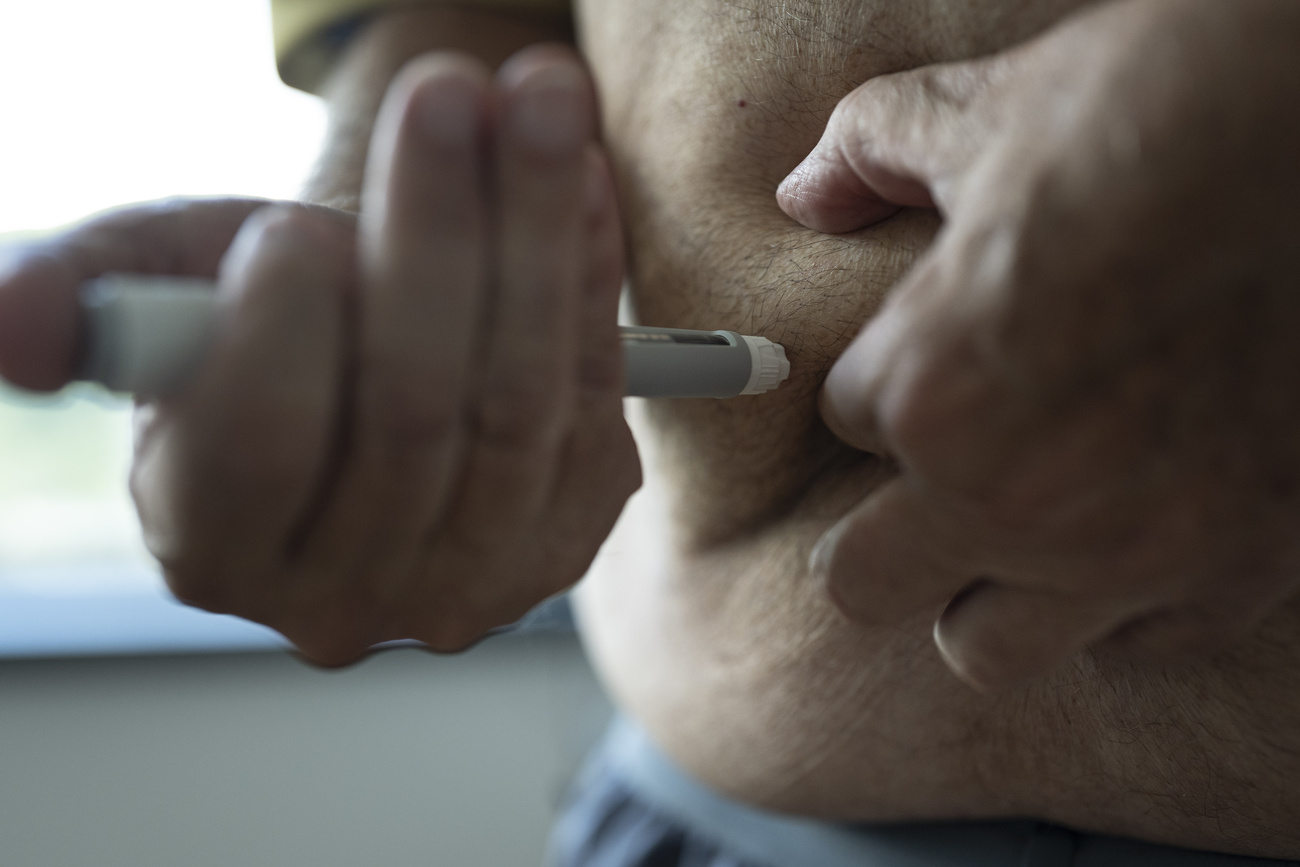
Dreifuss exits a changed stage

In her ten years as interior minister, Ruth Dreifuss changed Switzerland's political landscape.
Not only was she the first woman and Jewish person to hold the presidency, she also gave Switzerland one of the best, and most expensive, health systems in the world.
Dreifuss reached the high point of her career in 1999, when, as part of Switzerland’s rotating presidency, she became the first woman to be the country’s head of state.
Dreifuss never left the interior ministry despite several opportunities to do so. Many observers believe she would have been a good foreign minister, a position the Social Democrats held for many years before her arrival.
She faced a torrid time defending the reforms planned for the social security system.
The increase of the retirement age for women, and the rising cost of health insurance premiums did nothing for her popularity among the population.
Her reform of the health insurance law didn’t earn her many friends among Swiss politicians either. During her tenure, premiums have risen by many times the rate of inflation, sparking calls for radical reform of the health system.
Never once did she consider throwing in the towel despite all the criticism.
Difficult circumstances
The trade unionist joined the government in difficult circumstances on March 10, 1993.
She was not her party’s first choice, but became the official candidate for a cabinet seat after parliament turned down Christiane Brunner, the current president of the Social Democrats.
The party wanted a French speaker, and more importantly a woman, to take over from the departing foreign minister, René Felber.
Brunner fitted the bill and had the advantage of coming from Geneva, which had not had a federal minister of its own in ages.
But parliament saw things differently. On March 3, it chose another Social Democrat and a man, Neuchâtel’s Francis Matthey, for the position.
The party was furious and women protested on the streets against what they saw as a biased decision.
Matthey had no choice but to decline his election after a few days. The Social Democrats then settled on Dreifuss, a well-known trade unionist, despite her lack of parliamentary credentials.
Political newcomer
Other than a three-year stint with Bern’s municipal council, she had not played a direct role in Swiss political life.
Dreifuss, to satisfy all the criteria set by her party, had to hurriedly move from Bern to Geneva, where she had grown up. Despite her Swiss-German origins, she was perfectly bilingual.
On March 10, parliament elected Dreifuss as the second woman to join the government, and she took over at the interior ministry on April 1.
Dreifuss tackled her job with plenty of zeal, but criticism surfaced quickly, with politicians claiming she was too much of a perfectionist, not efficient enough and that she didn’t know how to delegate.
The same politicians were, however, prepared to admit that she was a good listener and knew her business.
Dreifuss also earned a reputation for simplicity. Despite her high-powered job, she still continued to use public transport to get to work and was a regular sight on the streets of Bern.
She never hesitated to follow her intuition either. After visiting a Macedonian refugee camp, she brought 20 refugees back with her.
“There was room for 20 more people on board the plane,” she said at the time.”
swissinfo
Dreifuss oversaw changes in the social security system, including the increase in the retirement age for women.
During her tenure, health insurance premiums have risen by many times the rate of inflation.
Dreifuss was considered a perfectionist and a good listener.

In compliance with the JTI standards
More: SWI swissinfo.ch certified by the Journalism Trust Initiative



























You can find an overview of ongoing debates with our journalists here . Please join us!
If you want to start a conversation about a topic raised in this article or want to report factual errors, email us at english@swissinfo.ch.